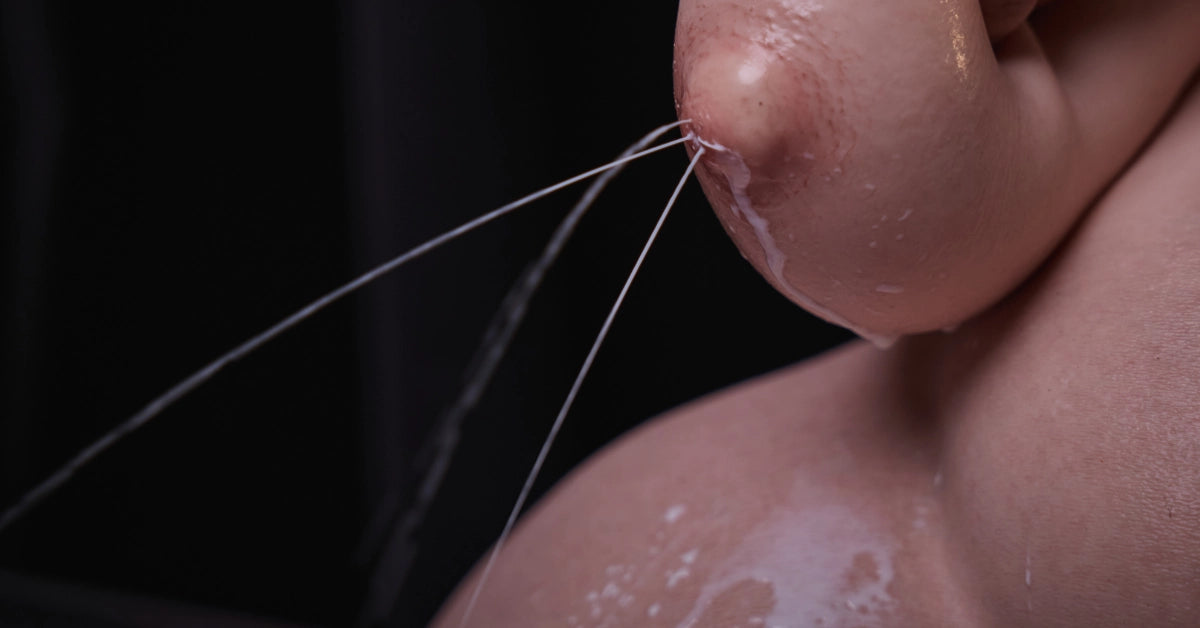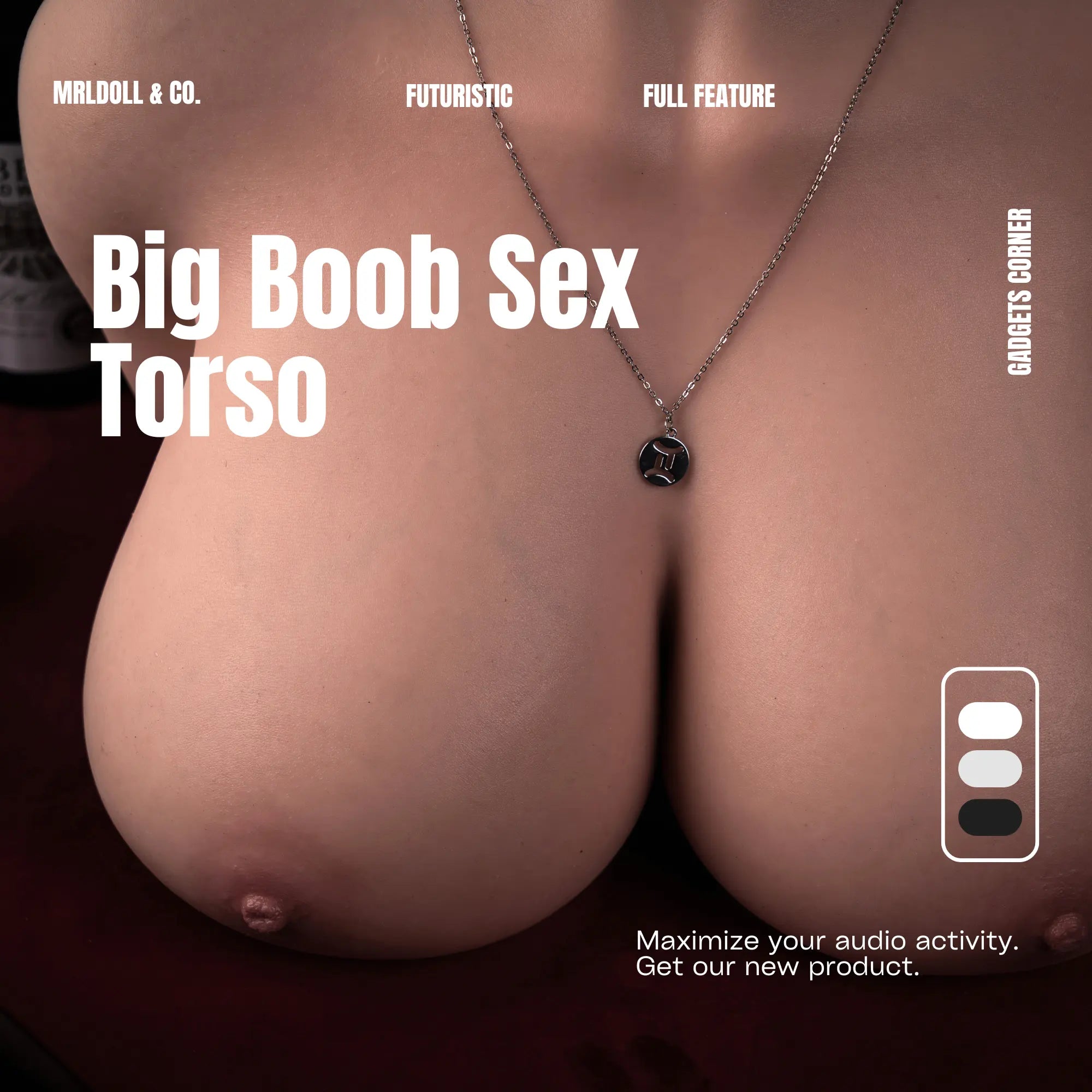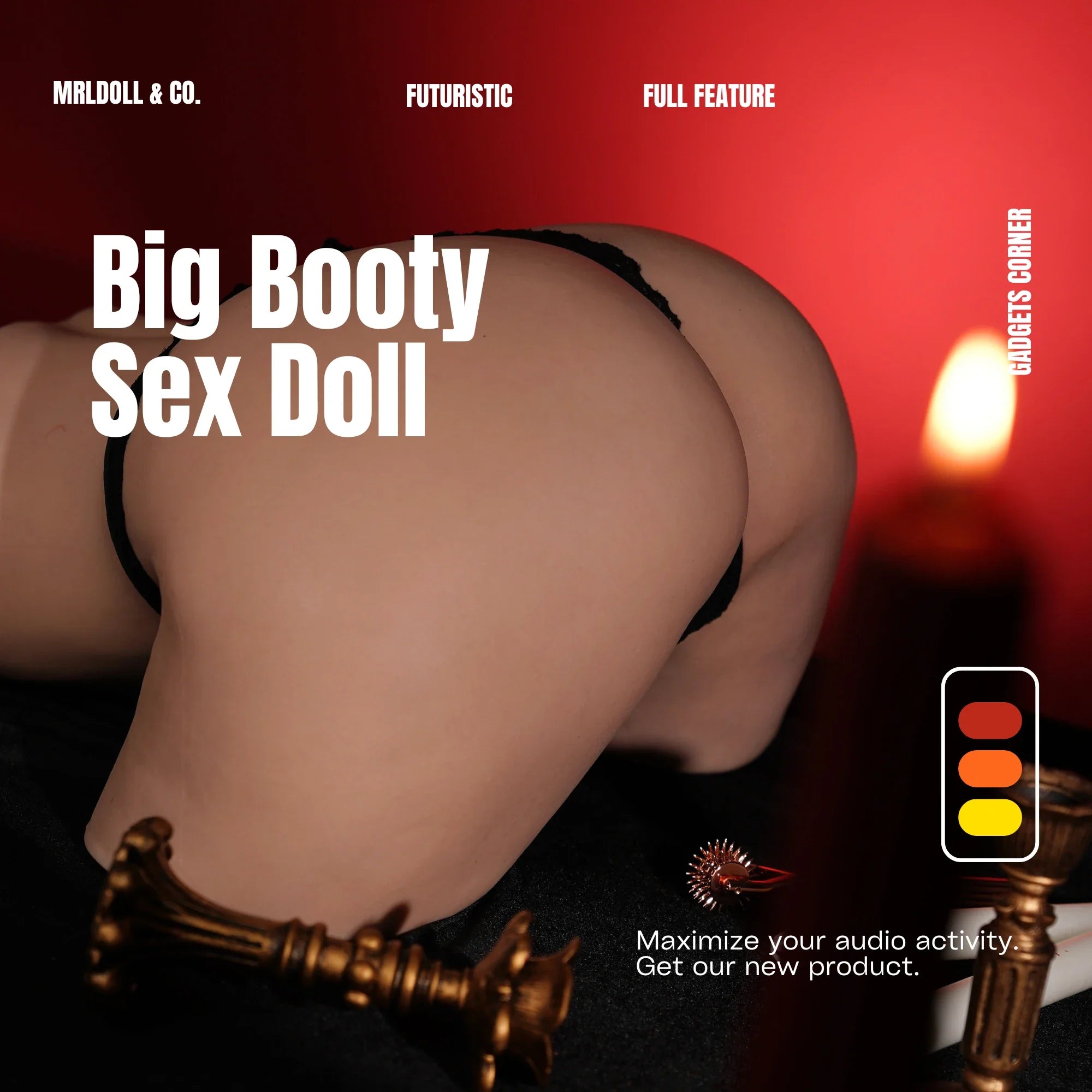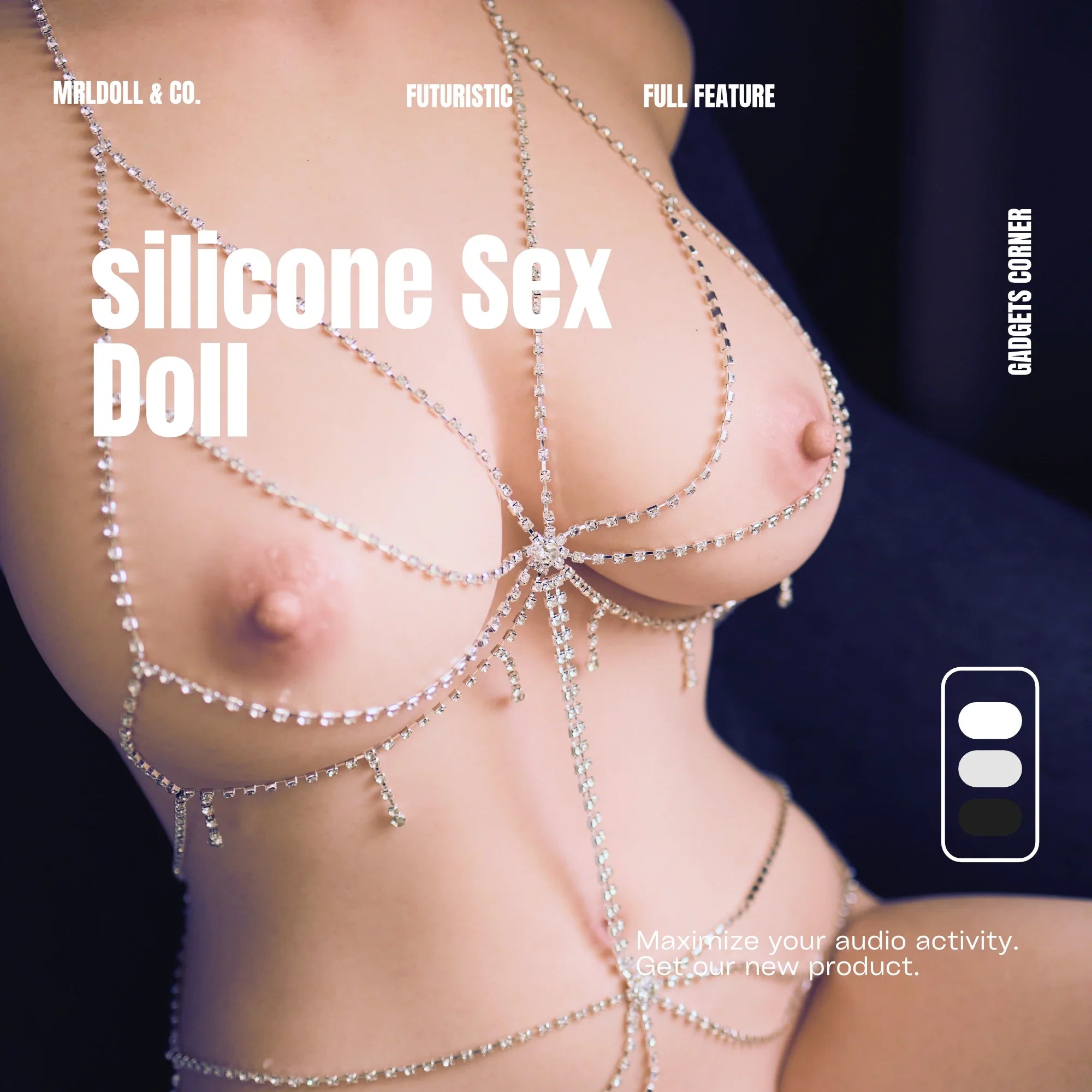Sex Dolls Meet Tactile Therapy: A New Path to Sensory Healing
Abstract
In recent years, as awareness of mental health continues to grow, more people are exploring non-traditional therapeutic approaches. The use of sex doll torso has evolved beyond adult entertainment; these products are increasingly being utilized as tools to support emotional regulation and psychological therapy. Particularly in the field of Tactile Therapy, growing research and user feedback suggest that Sex Dolls can effectively help alleviate loneliness, anxiety, and even post-traumatic stress disorder (PTSD). This article delves into the scientific foundation, real-world applications, and future potential of this emerging intersection.
What Is Tactile Therapy? — The Role of torso sex doll in Sensory Healing

The Science Behind Tactile Therapy
Tactile Therapy involves the use of skin-to-skin or skin-to-surface contact to stimulate oxytocin release and reduce cortisol levels, leading to psychological relaxation. According to a 2023 review published in Psychiatric Clinics of North America, positive physical touch can lower heart rate by 8% and reduce anxiety markers by over 11% within just 30 minutes.
How Does a silicone sex doll torso Function as an Effective Tactile Medium?
Modern mini torso sex dolls are made from highly realistic TPE or medical-grade silicone, offering skin-like elasticity and softness. Advanced models may include heating systems and flexible skeletons that allow them to maintain a hugging posture, providing consistent and soothing tactile feedback. In Tactile Therapy, the doll serves not only as a medium but also as a “companion,” offering non-judgmental, pressure-free comfort.
A Global Perspective: The Mental Health Potential of male sex doll torso
A Product of the Loneliness Era: The Data Speaks
According to 2024 OECD data, nearly 28% of adults in developed countries live alone long-term. Among individuals aged 65 and older, approximately 41% report feeling “frequently lonely.” At the same time, the global sex doll market is growing at an annual rate of 10.1%, with projections to surpass $2.5 billion by 2025. This trend is no coincidence—it reflects a growing societal need for physical and emotional companionship.
User Feedback: More Than Just Sexual Gratification
A 2023 study published in Sexuality & Culture found that 61% of Sex Doll users cited companionship—not sex—as their primary motivation for purchase. Of those, 28% reported using their dolls as “bedside cuddle companions,” “emotional outlets,” or “sleep aids.” Users with social anxiety or trauma-related disorders particularly emphasized the doll’s role in improving sleep and emotional stability.
Clinical and Home Settings: The Potential of butt masturbator as a Therapeutic Aid
A Complement to Traditional Psychotherapy
For individuals uncomfortable with face-to-face therapy, Sex Dolls may offer a lower-barrier form of tactile healing. When used alongside mindfulness practices and emotional journaling, they can help users safely navigate emotional processing stages.
Real-World Application in Care Settings
 A 2022 pilot project in a Berlin nursing home introduced custom “companion dolls” to patients with mild Alzheimer’s disease. Participants interacted with the dolls three times a week for 30-minute sessions. After three months, emotional fluctuation rates dropped by 14%, and medication usage decreased by 6%. While broader studies are needed, early results show promise.
A 2022 pilot project in a Berlin nursing home introduced custom “companion dolls” to patients with mild Alzheimer’s disease. Participants interacted with the dolls three times a week for 30-minute sessions. After three months, emotional fluctuation rates dropped by 14%, and medication usage decreased by 6%. While broader studies are needed, early results show promise.
Legal and Ethical Challenges: The Road to Therapeutic Legitimacy
Unclear Classification: Adult Toy or Health Device?
Most countries have yet to recognize busty sex dolls as therapeutic tools within medical or mental health frameworks, limiting their adoption in professional care. Reclassifying them as "emotional support devices" could pave the way for broader acceptance and integration.
Drawing Ethical Boundaries
As human-like designs become increasingly common, the “personification” of Sex Dolls raises ethical concerns. Clear distinctions must be drawn between therapeutic use and sexual gratification to prevent dependency or addiction—challenges the academic and industrial communities must address collaboratively.
Conclusion: Unlocking New Possibilities for Emotional and Sensory Well-Being
The integration of sex dolls and Tactile Therapy represents a bold convergence of technology and psychological healing. When designed and used thoughtfully, these tools can offer more than just sexual utility—they can restore emotional touch in a contact-deprived world. This may well mark the next frontier in mental health innovation.
FAQ (Frequently Asked Questions)
Q1: Do I need professional guidance to use a Sex Doll for tactile therapy?
A: Not necessarily. However, consulting a therapist or seeking advice from experienced user communities is recommended for safe and effective use.
Q2: Who can benefit from this type of therapy?
A: It’s particularly beneficial for individuals on the autism spectrum, those with social anxiety, people experiencing mild emotional disorders, and individuals recovering from psychological trauma.
Q3: How does a Sex Doll compare to pets or body pillows for emotional support?
A: Unlike pets or pillows, sex dolls offer human-like form, skin-like materials, and posture retention, delivering a closer simulation of human companionship.
Q4: Are there specific brands or models recommended for therapeutic use?
A: Look for Sex Dolls with soft-touch TPE, heating capabilities, and cuddling-compatible structure. Brands like MRLdoll and WM Doll offer products aligned with these therapeutic goals.










